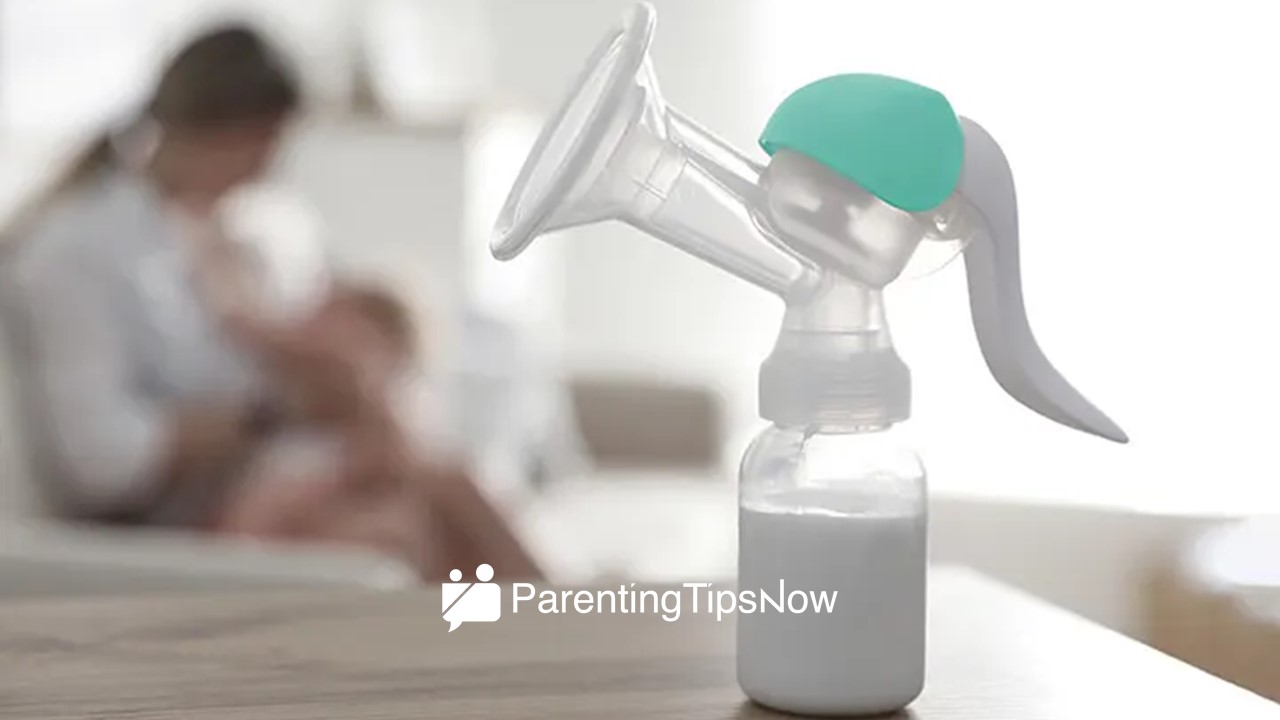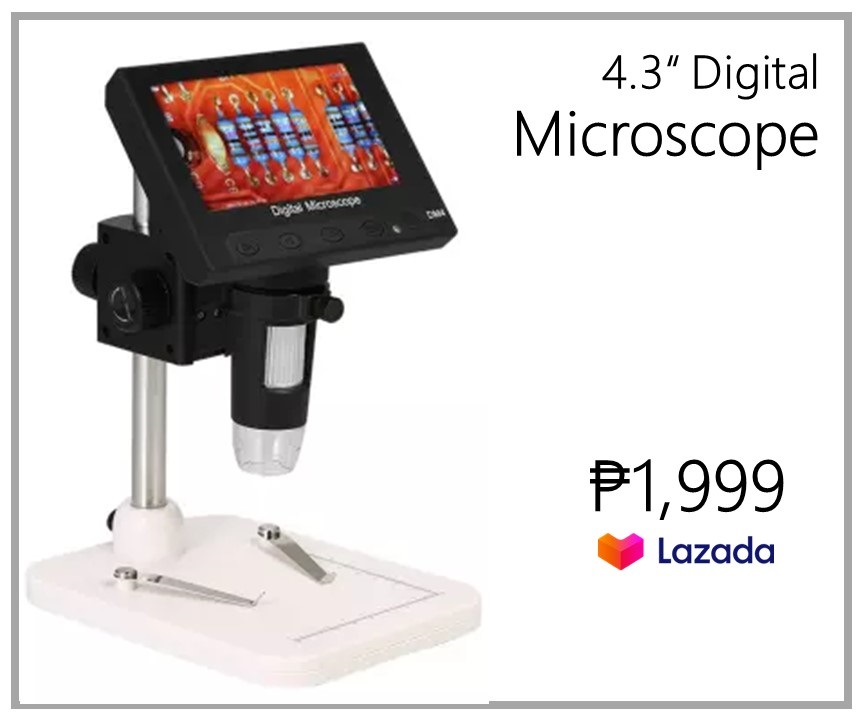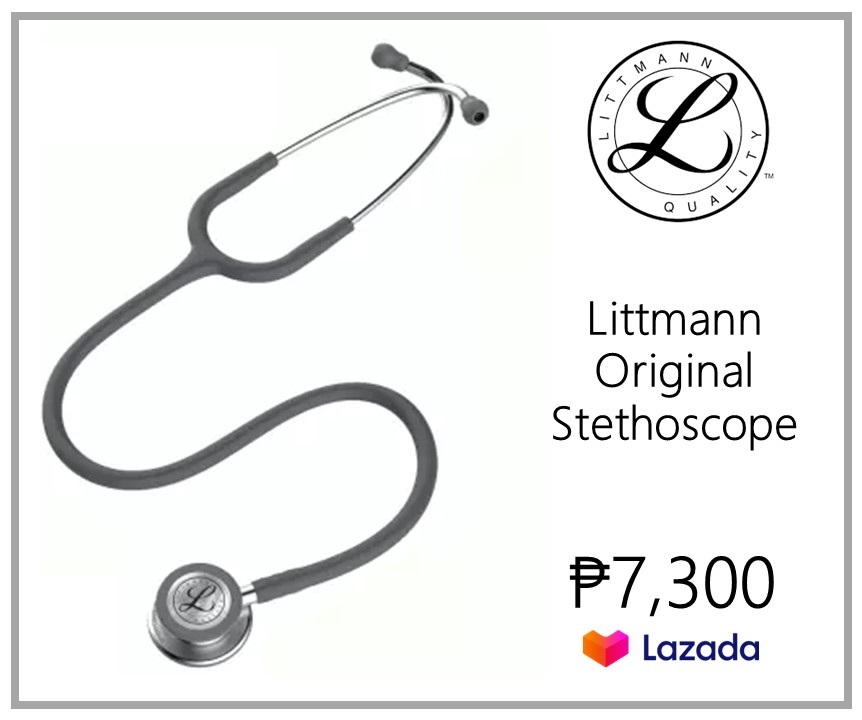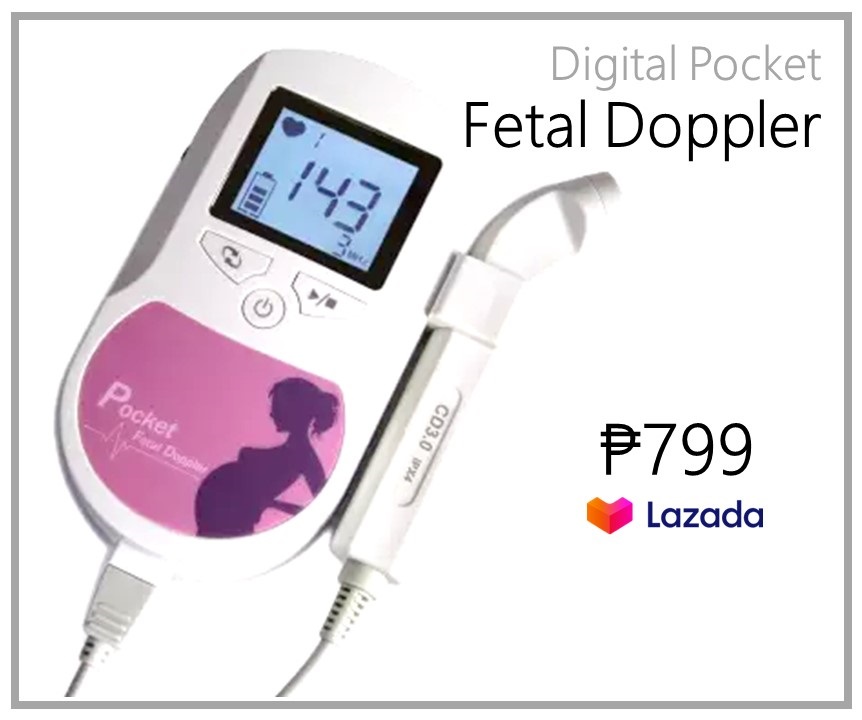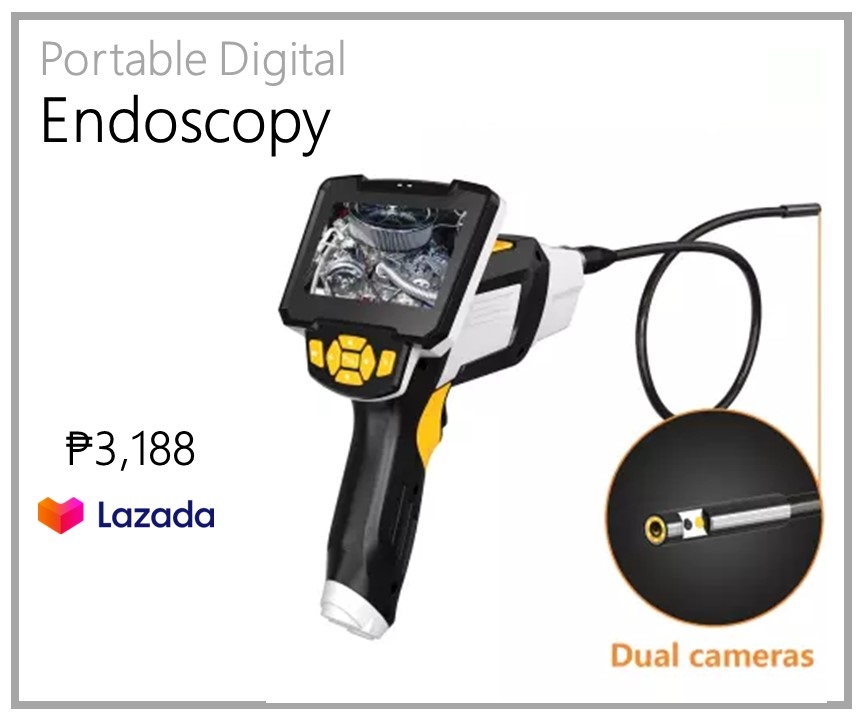Table of Contents
ToggleAre you a new mom in the Philippines looking to navigate the world of breast pumps? From the bustling streets of Manila to the serene shores of Palawan, Filipino mothers are embracing modern parenting tools to make breastfeeding more convenient and accessible. In this diverse archipelago, where tradition meets innovation, the market is teeming with various breast pumps suited for every lifestyle. Whether you’re a busy working mom on the go or a stay-at-home parent seeking flexibility, there’s a breast pump out there tailored just for you. Join us as we explore the five types of breast pumps in the Philippines, from traditional manual options to cutting-edge wearables, revolutionizing how moms can express milk effortlessly. Let’s dive into this essential guide that will empower you on your breastfeeding journey in the tropical paradise of the Philippines.
The Price Range of Breast Pumps in the Philippines: How Much?
When it comes to the price range of breast pumps in the Philippines, there is a wide variety to choose from to suit different budgets and needs. Manual breast pumps are typically the most affordable option, ranging from around ₱500 to ₱2,000. For those looking for more convenience and efficiency, electric breast pumps can cost anywhere from ₱4,000 to ₱10,000, depending on the brand and features.
If you’re interested in wearable breast pumps that offer hands-free pumping capabilities, be prepared to invest between ₱12,000 and ₱20,000 in these innovative devices. Hospital-grade breast pumps designed for frequent and long-term use can fall into the higher price range of ₱15,000 to over ₱30,000. Ultimately, the price of a breast pump in the Philippines varies based on factors like type, brand reputation, and technology features offered by each model, which can cater to diverse preferences and requirements among breastfeeding mothers in the country.

Where Can You Buy Breast Pumps in the Philippines? Online and Retail Stores
When it comes to purchasing breast pumps in the Philippines, both online and retail stores offer a wide range of options for mothers looking to find the perfect fit for their needs. Online platforms such as Lazada, Shopee, and Babymama provide convenient access to a variety of breast pump brands and models, making it easy for shoppers to compare prices and read reviews before making a purchase.
For those who prefer shopping at physical stores, popular retail chains like Mothercare, SM Baby Section, and Rustan’s have dedicated sections where breastfeeding essentials, including breast pumps, can be found. These brick-and-mortar establishments often have knowledgeable staff members who can assist customers in selecting the most suitable breast pump based on their preferences and budget. Whether shopping online or at physical stores, mothers in the Philippines have plenty of options when it comes to purchasing breast pumps that cater to their individual needs and preferences.

What are the Different Types of Breast Pumps in the Philippines?
Breast pumps in the Philippines have become essential tools for nursing Filipino mothers, offering convenience and flexibility in maintaining milk supply while balancing various responsibilities. Understanding the different types of breast pumps available can help mothers choose one that best suits their needs. In the Philippines, manual breast pumps are a popular choice among mothers who prefer a more discreet and quieter pumping experience. These pumps rely on hand-operated suction to extract milk, making them ideal for occasional use or when electricity is not readily accessible.
Electric breast pumps, on the other hand, are gaining popularity due to their efficiency and convenience. With adjustable settings and various modes, electric pumps provide a more customized pumping experience tailored to individual preferences. Hospital-grade breast pumps offer powerful suction strength and are often recommended for mothers who need to establish or maintain milk supply efficiently. These durable machines are designed for frequent use and mimic a baby’s sucking pattern effectively for optimal milk expression.
Here are 5 types of breast pumps in the Philippines with their prices:
1. Manual Breast Pumps in the Philippines: What is the Price Range and Advantages?
Manual breast pumps in the Philippines are a popular choice among Pinoy mothers due to their affordability and ease of use. The price range for manual breast pumps can vary, with basic models starting as low as PHP 500 and higher-end versions priced around PHP 1,500. One of the key advantages of manual breast pumps is their portability, making them ideal for moms who are constantly on the go or traveling.
Moreover, manual breast pumps are considered more discreet compared to electric pumps, allowing mothers to express milk anywhere without attracting much attention. This aspect especially appeals to working mothers or those who prefer privacy while pumping. Despite being manually operated, many users find that these types of pumps still provide efficient and comfortable milk expression experience.

2. Battery-Powered Breast Pumps in the Philippines: What is the Price Range and Advantages?
Battery-powered breast pumps in the Philippines have become increasingly popular due to their convenience and portability. The price range for these pumps typically varies between PHP 5,000 and PHP 15,000, depending on the brand and features included. One key advantage of battery-powered breast pumps is that they offer more mobility compared to traditional corded models, allowing mothers to pump on-the-go without being tied down by a power outlet.
These pumps are especially beneficial for working moms or those who need to pump outside of the house. With adjustable suction levels and pumping modes, battery-powered breast pumps provide a comfortable and personalized pumping experience. Additionally, some models come with built-in rechargeable batteries or USB chargers, making them practical for frequent use without constantly needing replacement batteries. Overall, investing in a quality battery-powered breast pump can make breastfeeding more manageable and flexible for mothers in the Philippines.

3. Electric Breast Pumps in the Philippines: What is the Price Range and Advantages?
When it comes to electric breast pumps in the Philippines, the price range can vary significantly depending on the brand and features. Generally, you can expect to find electric breast pumps ranging from around ₱5,000 to ₱15,000 or more. While this may seem like a hefty investment at first, the advantages of using an electric breast pump are plentiful.
One key advantage of electric breast pumps is their efficiency and convenience. With adjustable suction levels and pumping patterns, they are typically faster and more comfortable to use than manual pumps. This can be especially beneficial for working mothers or those with busy schedules who need to express milk regularly. Additionally, many electric breast pumps come with double-pumping capabilities, allowing users to express milk from both breasts simultaneously, which can help stimulate milk production and save time.

4. Wearable Breast Pumps in the Philippines: What is the Price Range and Advantages?
Wearable breast pumps in the Philippines have revolutionized the breastfeeding experience in the country, offering convenience and freedom to mothers on the go. These innovative devices come in a range of prices, typically starting from around Php 10,000 and going up to Php 20,000 or more, depending on the brand and features. While they may seem pricier than traditional breast pumps, the advantages they offer outweigh the cost for many women.
One significant advantage of wearable breast pumps is their discreet design, which allows mothers to express milk anytime and anywhere without drawing unwanted attention. Additionally, their hands-free operation enables multitasking, empowering busy moms to take care of other tasks while pumping. Moreover, wearable pumps are often quieter compared to traditional models, allowing for a more discreet expression of milk even in public settings. Overall, investing in a wearable breast pump can be a game-changer for breastfeeding mothers looking to balance work, family life, and self-care seamlessly.

5. Hands-free Breast Pumps in the Philippines: What is the Price Range and Advantages?
Hands-free breast pumps in the Philippines have revolutionized the way Pinoy mothers approach pumping. Not confined to manual labor, these innovative devices provide convenience and flexibility for busy moms on the go. With some models attached discreetly to the front of your clothing, hands-free pumps allow women to multitask effectively while expressing milk.
Many mothers find wearable pumps particularly liberating, as they can move freely and continue with daily activities without feeling tied down. This modern solution not only enhances efficiency but also promotes a positive breastfeeding experience by integrating seamlessly into women’s lives. The accessibility of hands-free breast pumps in the Philippines signals a shift towards empowering mothers with technology that adapts to their needs and lifestyles.

How to Choose the Right Breast Pumps in the Philippines
When choosing the right breast pumps in the Philippines, consider your lifestyle and needs. If you have a busy schedule or need to pump on-the-go, portable options like wearable breast pumps might be ideal. These discreet and hands-free pumps offer convenience and flexibility for multitasking moms.
Furthermore, consider the suction strength and speed settings of the breast pump to ensure your comfort and efficiency during pumping sessions. Look for models with adjustable controls to customize the pumping experience based on your preferences. Additionally, take into account factors such as noise level, ease of cleaning, and compatibility with different breast shield sizes to find a pump that suits your individual requirements.

What is a Breast Pump?
Breast pumps in the Philippines have become an indispensable tool for modern-day Filipino mothers, offering convenience and flexibility in breastfeeding routines. These devices mimic the suckling action of a baby, allowing mothers to express milk efficiently and store it for future use. With various types available in the market, such as manual, electric, and wearable pumps, women are now presented with a range of options to cater to their unique needs and preferences.
Manual breast pumps are ideal for occasional use or when on the go, providing a cost-effective solution without compromising effectiveness. On the other hand, electric breast pumps offer more power and speed for frequent pumping sessions, making them favored by working mothers or those with specific breastfeeding challenges. The latest innovation in this realm is wearable breast pumps that discreetly fit into a bra while allowing moms to multitask effortlessly—revolutionizing how women perceive breastfeeding.

What are the Different Parts of a Breast Pumps in the Philippines?
When it comes to using breast pumps in the Philippines, understanding the different parts of this essential device is key to ensuring efficient and comfortable expression sessions. The main components of a typical breast pump include the breast shield or flange, valves, membranes, connectors, tubing, and the motor or power source. The breast shield is the part that physically touches your breast and plays a crucial role in determining comfort and efficiency during pumping.
Valves are responsible for controlling the suction level, while membranes create a proper seal for optimal suction. Connectors help attach various parts together and ensure a secure fit. Tubing serves as the pathway for expressed milk to travel from the breast shield to the collection container. Finally, the motor or power source powers the entire system by creating a suction that mimics a baby’s natural sucking motion. Understanding how each part works together can help make your pumping experience more effective and convenient.

How Do I Use Breast Pumps in the Philippines?
Using breast pumps in the Philippines can be confusing for first-time Filipino moms, but with proper guidance, it can become an essential baby tool in your breastfeeding journey. Start by choosing the right flange size to ensure comfort and efficiency during pumping sessions. Position the breast pump flange directly over your nipple, making sure it forms a seal to create suction.
Once you’ve set up the breast pump correctly, start by using the stimulation mode to mimic your baby’s initial fast-sucking pattern. This helps trigger milk letdown. As you begin expressing milk, adjust the vacuum strength and speed according to your comfort level and preference. Remember to relax and stay hydrated during pumping sessions to encourage optimal milk flow.
By familiarizing yourself with how to use a breast pump effectively, you can maintain your milk supply and allow flexibility in feeding schedules or moments away from your baby while ensuring they receive all the goodness of breastmilk even when you’re apart.

When is It Too Early to Pump Breast Milk?
Pumping breast milk using manual or electric breast pumps in the Philippines can be a useful tool for many mothers, but the question of when it’s too early to start can be debated. While some experts recommend waiting until breastfeeding is well established before introducing pumping, others suggest starting as early as 2–4 weeks postpartum. It’s important to consider individual circumstances and consult with a lactation consultant or healthcare provider for personalized advice.
One argument for waiting is that early initiation of pumping may interfere with establishing a strong breastfeeding relationship and proper latch. On the other hand, pumping early on can help increase milk supply, provide flexibility in feeding schedules, and involve partners or caregivers in the feeding process. Ultimately, finding the right time to start pumping is a decision that should be made based on individual needs and preferences, with support from qualified professionals along the way.

Is It Safe to Share Breast Pumps in the Philippines?
When it comes to sharing breast pumps in the Philippines, safety should be a top priority for all mothers. While it may seem convenient to pass around a breast pump between friends or family members, there are important factors to consider. Breast milk can carry infectious diseases, so each pump must be properly sanitized and sterilized before and after each use to prevent the spread of bacteria or viruses. Additionally, breast pumps are designed with specific flange sizes and settings that cater to individual needs, making a shared pump less effective in providing optimum comfort and efficiency for different users.
In a country like the Philippines, where access to quality healthcare services can vary, purchasing a personal breast pump might be the best option for mothers seeking hygienic and personalized breastfeeding equipment. Sharing breast pumps can increase the risk of contamination and potentially affect both the baby’s health and the mother’s well-being. Investing in a reliable and suitable breast pump not only ensures safety but also promotes better breastfeeding practices that contribute to overall maternal and infant health.

How Long Does It Take to Use Breast Pumps in the Philippines?
Using breast pumps in the Philippines is a personal experience that varies greatly from person to person. The time it takes to use a breast pump depends on factors such as the type of pump, milk flow, and comfort level. Generally, for most individuals, it can take anywhere from 15 minutes to half an hour per pumping session. However, some may find that they need more time to empty their breasts fully or can express milk quickly.
It’s important to note that the speed of expressing milk through a breast pump does not necessarily equate to its effectiveness. Each individual’s body responds differently to pumping, so don’t be disheartened if your pumping sessions take longer than expected. Taking breaks, massaging your breasts, and ensuring proper flange fit can all contribute to a more efficient pumping session and ultimately reduce the overall time spent using a breast pump. Remember, prioritizing comfort and relaxation during the process can greatly enhance your breastfeeding journey.
How do I Store the Expressed Breast Milk?
Storing expressed breast milk is an essential skill for many Filipino mothers, especially those who pump milk to feed their babies. To ensure the safety and quality of the milk, proper storage guidelines must be followed. Expressed breast milk can be stored in clean glass or plastic containers specifically designed for storing breast milk. Labeling each container with the date it was expressed can help you keep track of when it needs to be used.
When storing expressed milk, always remember to use the oldest milk first. Breast milk can be safely stored at room temperature for a few hours, in the fridge for up to 5 days, and in the freezer for several months. It’s best to store breast milk in small portions (around 2-4 ounces) to minimize wastage if your baby doesn’t finish a feeding bottle at once. Additionally, never refreeze thawed breast milk as it may lose some of its beneficial properties. By following these storage tips, you can ensure that your expressed breast milk remains safe and nourishing for your little one.
Using and Maintaining Your Pump
Using and maintaining your breast pumps in the Philippines is essential for ensuring their longevity and efficiency. After each use, make sure to properly disassemble the pump and wash all components with warm, soapy water. Pay close attention to small parts that can easily get lost or damaged. Additionally, regularly inspect the pump for any signs of wear or malfunction to address issues promptly.
For electric pumps, be mindful of the motor’s performance to ensure consistent suction power. It is also advisable to check the tubing and replace them if they appear worn out or dirty to maintain hygiene standards. Proper storage in a clean, dry place when not in use can help prevent mold growth and contamination. By following these maintenance tips, you can maximize the lifespan of your breast pump and continue to rely on it for safe milk extraction whenever needed.
Tips for Pumping Success
Pumping breast milk can be a challenging but rewarding experience for many mothers. To optimize pumping success, finding the right fit is essential. Experiment with different breast shield sizes and suction levels to ensure maximum comfort and milk extraction efficiency. Additionally, creating a relaxing environment during your pumping sessions can greatly enhance your milk flow. Consider playing soothing music or practicing deep breathing exercises to help stimulate let-down reflexes.
Furthermore, establishing a consistent pumping routine is key to maintaining milk supply and ensuring a successful breastfeeding journey. Try to pump at regular intervals throughout the day, mimicking your baby’s feeding schedule as closely as possible. Remember that each mother’s milk production varies, so don’t compare your output with others’. Stay hydrated and well-nourished, and get enough rest to support optimal lactation function. Ultimately, patience and persistence are crucial in achieving pumping success – celebrate small victories along the way!
Troubleshooting Common Issues of Breast Pumps
Troubleshooting common issues with breast pumps in the Philippines can be a frustrating experience for new Filipino moms. One frequent problem is poor suction, which dirty or worn-out pump parts may cause. In such cases, thoroughly cleaning and inspecting the components can often restore optimal performance. Another issue that many encounter is discomfort during pumping sessions, usually due to incorrect flange size or improper positioning. Making sure to use the correct flange size and adjusting your posture can greatly improve comfort while expressing milk.
Additionally, some users report difficulties with milk flow, which could be attributed to stress or distraction during pumping. Finding a quiet and relaxing space to pump can help stimulate milk production and enhance flow. Filipino moms need to remember that troubleshooting these problems may require patience and experimentation before finding the right solution that works best for their unique needs.
Pumping at Work
Let’s dive into the busy world of pumping at work or on the go. Finding time to pump can be challenging for a working mother, but with the right tools and mindset, it’s definitely doable. Picture this: you’re in the middle of a hectic day at the office when suddenly you need to pump. Don’t fret! With portable breast pumps,, like wearable ones or discreet manual pumps, you can maintain your milk supply without missing a beat.
Imagine multitasking like a pro while expressing milk on the go. Thanks to innovative technology, modern breast pumps are designed for convenience and mobility, allowing mothers to pump almost anywhere. Whether you’re traveling for work or simply out running errands, having a reliable pump by your side makes it easier than ever to balance motherhood and career. Embrace the power of flexibility and discover how pumping at work or on the go seamlessly fits into your daily routine as a breastfeeding mom in the Philippines.
Summing Up: 5 Types of Breast Pumps in the Philippines
In conclusion, the wide variety of breast pumps in the Philippines caters to the diverse needs and preferences of breastfeeding mothers. From the convenience of manual breast pumps to the hands-free functionality of wearable pumps, there is a suitable option for every mom. By understanding the differences between hospital-grade, electric, battery-operated, manual, and wearable breast pumps, women can make an informed decision based on their lifestyle and breastfeeding goals.
It is important for mothers to prioritize their comfort and efficiency when choosing a breast pump that meets their individual requirements. Investing in a high-quality and reliable breast pump can enhance the overall breastfeeding experience and contribute to successful nursing journeys. With advancements in technology and innovative designs, modern breast pumps offer convenient features that simplify pumping sessions while ensuring effective milk extraction. Ultimately, selecting the right type of breast pump plays a crucial role in supporting maternal well-being and promoting infant health in the busy lives of Filipino moms.


